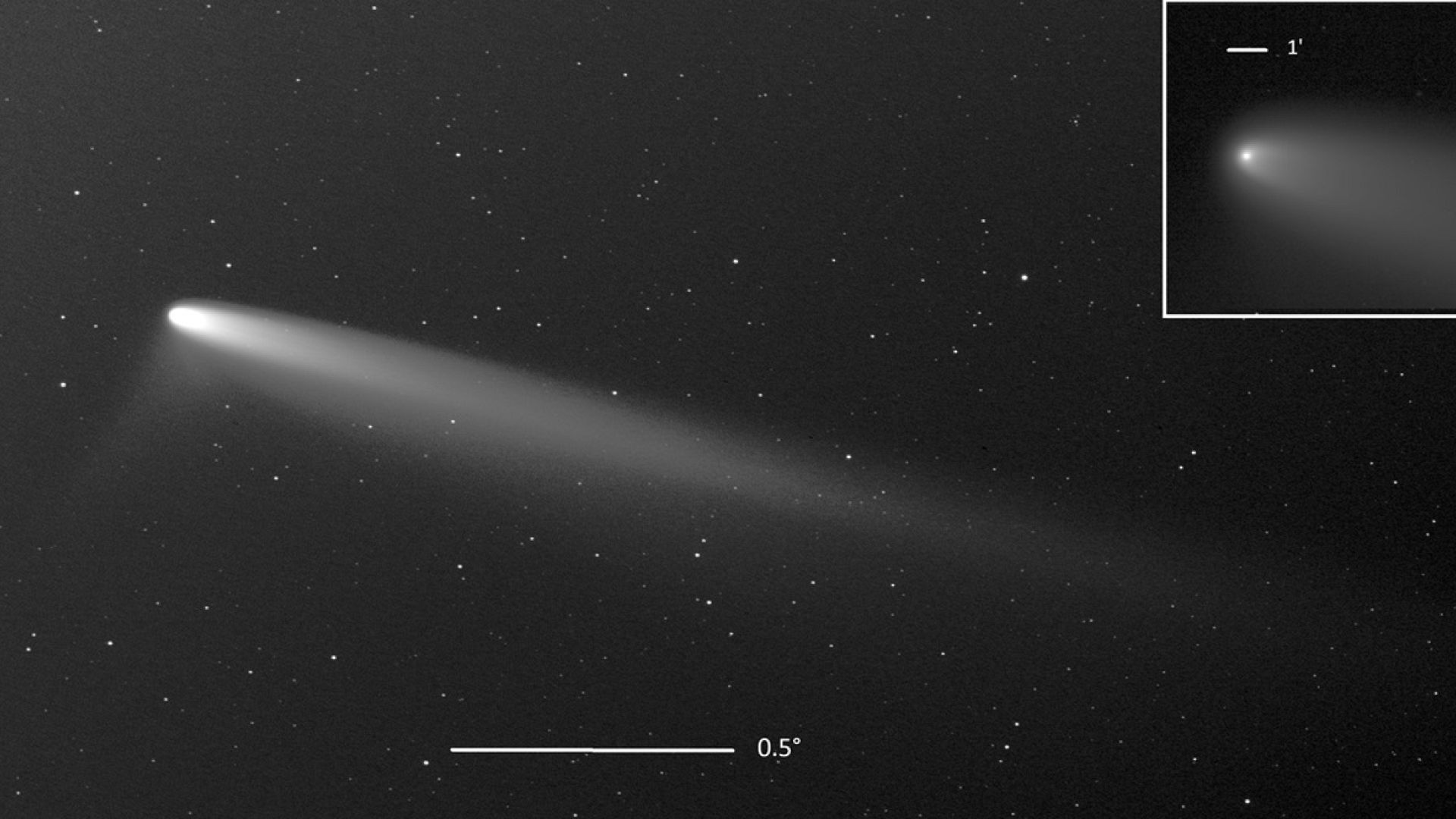Introduction to Comet A3
Stargazing enthusiasts are in for a treat as Comet A3, also known as Tsuchinshan-ATLAS, is making a rare appearance in the night sky. This astronomical event is being hailed as the ‘comet of the century’ by some, and here’s everything you need to know to catch a glimpse of this celestial spectacle.
Observation Windows
First Viewing Window: September 27 – October 2
The first opportunity to observe Comet A3 begins on September 27 and lasts until October 2. During this period, you will need to set your alarm early as the best time to see the comet is just before sunrise. However, the comet will be quite low on the horizon, making it a bit challenging to spot.
Second Viewing Window: October 13 – October 26
The second window for observation runs from October 13 to October 26. According to the Paris Observatory, this will be the optimal time for viewing the comet. During these dates, the comet will be visible in the evening, just after sunset, and will appear higher and higher in the sky each day. The best viewing spots are locations with a clear western horizon and minimal light pollution.
Tips for Enhanced Viewing
For the best viewing experience, it is advisable to find a dark location away from city lights. Using binoculars can significantly enhance your chances of seeing Comet A3 in all its glory. Additionally, checking weather forecasts to ensure clear skies can vastly improve your chances of a successful observation.
Risks and Challenges
There is no guarantee that the comet will remain visible throughout the second observation window. As it approaches the Sun, there is a risk that it may disintegrate, which could make it much harder or even impossible to see.
What Makes Comet A3 Special?
Comet A3 was discovered in January 2023 by the Tsuchinshan Observatory in China and further verified in South Africa through the ATLAS program. Comets are composed mainly of ice, dust, and rocks. When they get closer to the Sun, the heat causes the ice to vaporize, creating a glowing coma and a tail that extends outward, making them visible from Earth. The brightness of a comet increases as it gets closer to the Sun due to the reflection of sunlight off the coma and tail.
Global and Space Station Observations
Lucky enthusiasts in the southern hemisphere and astronauts aboard the International Space Station (ISS) have already managed to catch glimpses of Comet A3. The images they have shared on social media show the comet in spectacular detail, further heightening anticipation for its appearance in the northern hemisphere.
Conclusion
Comet A3 is an extraordinary event not to be missed for anyone interested in astronomy. Mark your calendars and prepare for an unforgettable stargazing experience. With some luck, and perhaps a pair of binoculars, you’ll be able to witness this celestial marvel.
